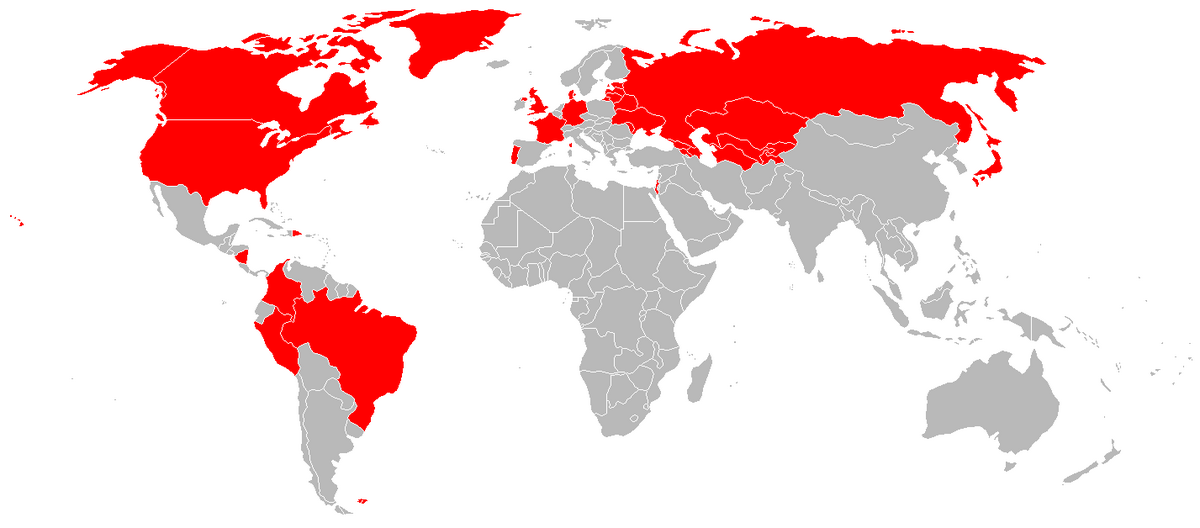- Thread starter
- #721
Snautzer01
Marshal
- 46,292
- Mar 26, 2007
The 13th DBAD (dahl'nebombardirovoch-naya aviadiveeziya - Long-RangeBomber Division) was chosen as the unit to be re-equipped with the TU-4s, and the leading
role was assigned to the 185th GvDBAP (Gvardeyskiy dahl'nebombardiro-vochnyyaviapolk - Guards Long-Range Bomber Regiment) based at Poltava. Pilots of this regiment
underwent training in Kazan' under the auspices of the 890th DBAP which was turned into a training unit. Pilots of this regiment had accumulated much experience in flying the
American Boeing B-17 Flying Fortress and Consolidated B-24 Liberator heavy bombers, which enabled them to be the first service pilots to convert to the Tu-4. The B-24s were widely used for mastering the technique of piloting heavy aircraft with a tricycle undercarriage. The regiment catered for training Tu-4 crews until 1955 when the jet-powered Tu-16 began to reach service units. The first Bulls arrived at Poltava in April 1949, and reequipment of the 185th DBAP was completed in May.

role was assigned to the 185th GvDBAP (Gvardeyskiy dahl'nebombardiro-vochnyyaviapolk - Guards Long-Range Bomber Regiment) based at Poltava. Pilots of this regiment
underwent training in Kazan' under the auspices of the 890th DBAP which was turned into a training unit. Pilots of this regiment had accumulated much experience in flying the
American Boeing B-17 Flying Fortress and Consolidated B-24 Liberator heavy bombers, which enabled them to be the first service pilots to convert to the Tu-4. The B-24s were widely used for mastering the technique of piloting heavy aircraft with a tricycle undercarriage. The regiment catered for training Tu-4 crews until 1955 when the jet-powered Tu-16 began to reach service units. The first Bulls arrived at Poltava in April 1949, and reequipment of the 185th DBAP was completed in May.

